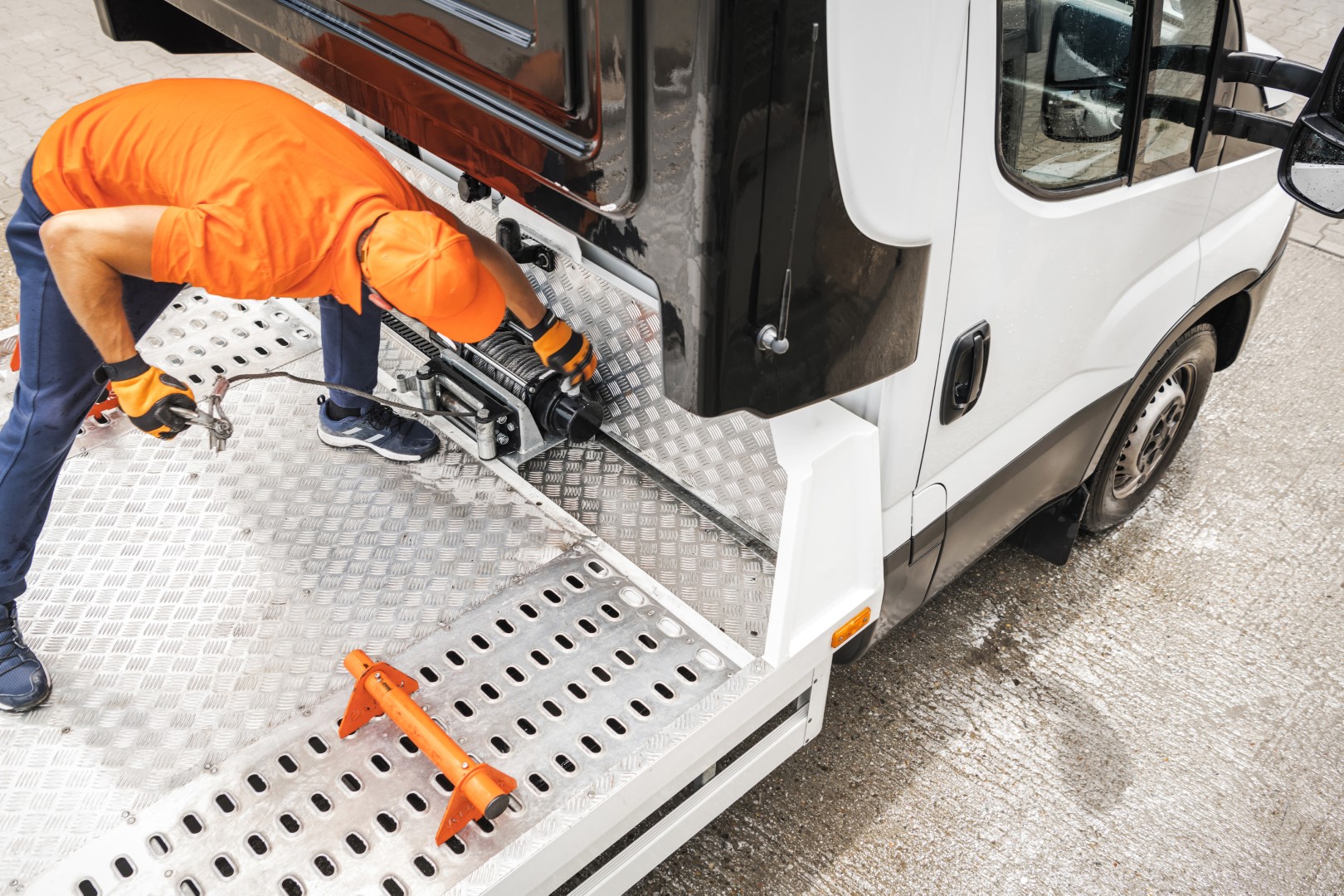A winch on a trailer can be a valuable tool in various situations, offering the capability to load, unload, and secure cargo with ease. Whether you’re a professional hauler or a weekend warrior, knowing how to use a winch effectively can make a significant difference in your trailer’s functionality and safety. In this post, we will explore the best ways to use a winch on a trailer, along with two relevant statistics highlighting its importance and prevalence in the world of hauling.
Statistics on Trailer Winch Usage
Before diving into the techniques and best practices of using a winch on a trailer, let’s consider two statistics that underscore the relevance and significance of this tool:
1. According to a survey conducted by the National Association of Trailer Manufacturers (NATM), over 80% of trailer owners use a winch or winch-related equipment to secure their cargo during transport. This statistic emphasizes the widespread adoption of winches as essential tools in the hauling industry.
2. The Federal Motor Carrier Safety Administration (FMCSA) reports that improper cargo securement is one of the leading causes of accidents and incidents involving commercial trailers. Learning to use a winch correctly is crucial in preventing cargo shifts and maintaining road safety.
With these statistics in mind, let’s explore the best ways to utilize a winch on your trailer.
Selecting the Right Winch
The first step in mastering winch usage is selecting the right winch for your specific needs. Consider factors such as the trailer’s size, the weight and type of cargo you typically haul, and the frequency of use. There are various winch types available, including hand-cranked, electric, and hydraulic winches, each with its own set of advantages and limitations.
For lighter loads and occasional use, a hand-cranked winch may suffice. However, for heavy-duty hauling and frequent winch usage, an electric or hydraulic winch with a higher pulling capacity is recommended. Ensure that the winch you choose is compatible with your trailer’s construction and meets industry safety standards.
On the current market, you can find a winch that is anywhere from a 1,000 lbs capacity to 25,000 lbs capacity for larger and heavier loads. The most common size that is purchased and used in the United States is the 12k lbs Winch that is the most suitable for car hauling, equipment transportation, shipping container loading, and more.
Proper Installation and Mounting
Once you’ve selected the appropriate winch, it’s crucial to install a winch correctly on your trailer. Follow the manufacturer’s instructions and use the recommended hardware to secure the winch firmly to the trailer frame. Ensure that the mounting points are robust and capable of withstanding the stress and tension generated during winching operations.
Inspect the winch regularly for signs of wear, loose bolts, or damaged components. Proper maintenance and inspection can prevent accidents caused by equipment failure.
Understanding How a Winch Operates
A winch works by using a motor to rotate a drum which in turn pulls or pushes the winch cable in the desired direction. Although a winch is very powerful, it can be confusing or deceiving if you have limited experience using one. For example, a 12k lbs winch has a true pulling capacity of 12k lbs when it’s fully extended. However, as you spool the winch in while attached to the item/vehicle that you are loading, the true pulling power decreases.
This is due to the fact that when the winch is spooled out fully, the cable is easily rotated by the motor and the cable becomes further from the motor as it is spooled in. This is typically not an issue as the hardest part of the winching process for the winch is typically the beginning but it should be noted this may become an issue if the vehicle/item is at a steep angle.
Best Winching Techniques
Winching involves more than simply winding a cable or strap around a drum. It requires a clear understanding of winching techniques to ensure safe and effective cargo securement. Here are some essential techniques to keep in mind:
1. Proper Spooling: When spooling the cable or strap onto the winch drum, ensure that it is evenly distributed and tightly wound. Overlapping layers help prevent snags and ensure a secure grip on the cargo. It is recommended that you utilize the free-spool feature to spool out the winch by hand before you prepare it to be spooled in.
2. Angle of Pull: Maintain a straight-line pull whenever possible. Avoid winching at extreme angles, as this can strain the winch and cable, potentially causing damage or failure.
3. Tension Control: Keep a close eye on the tension during winching. Excessive tension can damage both the winch and the cargo. Use a tension control device if available to maintain the appropriate level of tension.
4. Safety Precautions: Always wear appropriate personal protective equipment (PPE), such as gloves and eye protection, when operating a winch. Ensure that bystanders are at a safe distance during winching operations.
Loading and Unloading Cargo
Winches are invaluable when it comes to loading and unloading cargo onto and from a trailer. Here are some guidelines for these critical processes:
1. Loading: To load cargo onto the trailer, use the winch to gently pull it into place. Ensure that the cargo is evenly distributed and properly secured before transport. Remember that the winch should not be used to lift cargo; it should only be used for horizontal pulling.
2. Unloading: When unloading cargo, release the winch cable or strap slowly and under control. Avoid sudden releases, which can result in cargo shifting or becoming unbalanced. Always use safety precautions and ensure that the cargo unloads smoothly and safely.
Securing Cargo During Transport
One of the primary purposes of a winch on a trailer is to secure cargo during transport. Proper cargo securement is not only essential for safety but also for legal compliance. Follow these best practices for securing cargo:
1. Use Adequate Straps or Chains: Select the appropriate straps or chains for your cargo, considering its weight and size. Ensure that they are in good condition and have the necessary load rating.
2. Proper Placement: Secure the cargo using multiple anchor points on the trailer to distribute the load evenly. Cross straps or chains for added stability, and ensure that they are tight and free from slack.
3. Tension Control: Use the winch to apply tension to the straps or chains gradually. Avoid over tightening, as it can damage the cargo or the trailer.
4. Regular Inspection: Periodically check the securement during transport to ensure that it remains tight and secure. Make adjustments as necessary to prevent cargo shifts.
Conclusion
Effectively using a winch on a trailer is essential for ensuring the safety of your cargo and the smoothness of your hauling operations. As the statistics show, winches play a pivotal role in cargo securement, and improper usage can lead to accidents and incidents. By selecting the right winch, properly installing and maintaining it, understanding winching techniques, and using it for loading, unloading, and cargo securement, you can harness the full potential of this valuable tool while promoting safety on the road.
Discover more from Futurist Architecture
Subscribe to get the latest posts sent to your email.



